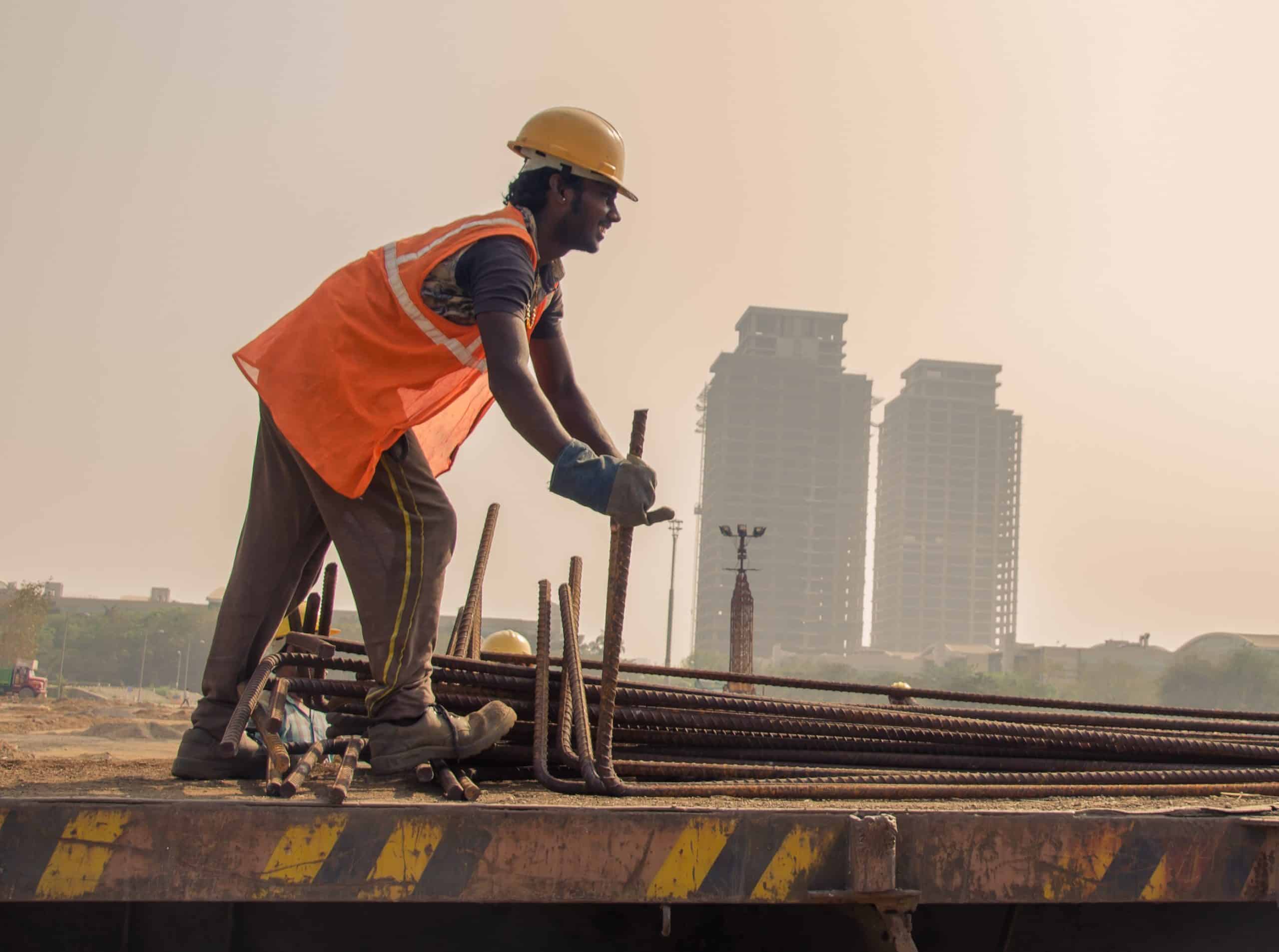Construction in India is booming. Planners predict that 70 per cent of the buildings that will exist by 2030 are yet to be made. This construction frenzy has huge consequences for us all, not least because it will unleash a huge growth in the number of air conditioning (AC) units.
Conventional AC units are a huge driver of the climate crisis. They generate perilous levels of climate pollution through their use of electricity and emission “super greenhouse gases”; 2,000 times more powerful than carbon dioxide. Total room AC units in India are expected to balloon from 32 million in 2015 to 225 million in 2035. If the spread of AC was a virus, it would be doubling its infection rate every six years.
Until now, politicians and businesses have responded with medicine that ignores the root causes of unsustainable construction. There is an effective alternative to AC: passive building design, the use of heat-reducing materials, shading and ventilation to avoid the need for mechanised cooling. Crucially, this low-cost solution is available to all citizens, rich or poor and delivers impressive energy and cost-savings.
We must urgently tackle air conditioning as default thinking and put sustainable design at the heart of our building boom. This can be achieved through better training for architects, full integration of green cooling into the architectural process, and an approach that works with communities rather than imposing the status quo on them.
Simply continuing on our present course, making gradual improvements in the efficiency of AC units, through regulation and star-rating labelling schemes will not prevent climate collapse.
The incremental, market-based approach favoured by the private sector (and accepted by today’s politicians) is failing. Research by the India Green Building Council, Lawrence Berkeley National Laboratory and others suggests only four per cent of India’s built-space is green. This is no surprise when only five per cent of India’s architects and building engineering consultants are certified green building professionals.
Conventional AC units are a huge driver of the climate crisis. They generate perilous levels of climate pollution through their use of electricity and emission “super greenhouse gases”.
The answer is to internalise sustainable cooling into all parts of the buildings economy as a default, non-negotiable value. For our universities and colleges, this means ensuring building design exercises put climate safety on an equal footing with other basic necessities such as structural and fire safety. And sustainable cooling should be embedded right across the curriculum, not relegated to a handful of lectures or seminars. Work to shape the instincts and value systems of students will influence buildings produced for decades to come.
Practising architects should ensure sustainable cooling is a feature of every design they produce – not an optional upgrade, offered for an additional fee (and often rejected by their clients). Only then will sustainable cooling move from the fringes to the mainstream. Too often, today’s approach allows clients to win plaudits by commissioning a single headline-grabbing green building, while the rest of their portfolio quietly fuels the climate crisis.
Architects should stress the enormous benefits of a passive approach. For example, the three-floor Green Space Realtors building in Nashik relies heavily on passive cooling. This has lowered energy use by a factor of 10, and cut recurring energy costs to 8.7 per cent of those that would be incurred by conventional AC. This unassuming structure is not flashy event architecture but it is a remarkable example of sustainability in action.
Technological dysfunction
It is crucial we work proactively and target our interventions as early in the design process as possible. The alternative is to waste time and money repairing the technological dysfunctions of buildings.
The hubris of the most powerful in our society – those who believe they can dominate nature without consequence – is at the heart of our AC addiction and the climate crisis. So rather than pursuing top-down solutions, we must foster systemic change and the empowerment of marginalised people (those most affected by the climate emergency).
Passive design supports decentralised, diverse and accessible solutions, approaches that make use of local materials and are affordable to every community. By reversing the concentration of power that brings ever-greater climate danger, these solutions are a pathway to a fairer and more prosperous nation.
We must not see this as tomorrow’s challenge as such a view will allow us to sleepwalk into disaster. Urgent action is needed now. As the thinker and activist Wendell Berry argues, how we can hope to make a good future by doing badly in the present? Buildings rise all around us, as does the threat to humanity. The time for radical action is now.
Vivek Gilani is an environmental engineer working on addressing our climate emergency through local action and evidence-based policy advocacy. As Director of cBalance, he has been appointed to green the Indian Premier League (IPL) and the Shanghai World Expo by UNEP, and appointed by CII to report India’s greenhouse emissions from industry to the United Nations.
Vivek is the director of the Fairconditioning programme which integrates sustainable cooling into undergraduate curricula, architecture and HVAC consulting firms, and real-estate firms. He is a Lifetime Ashoka Fellow and part of Ashden’s Fair Cooling Fund programme, which is supported by K-CEP. Learn more about the fund in Ashden’s new report: Working Together for a Fairer, Cooler World.
This piece first appeared at Smart Cities World.

